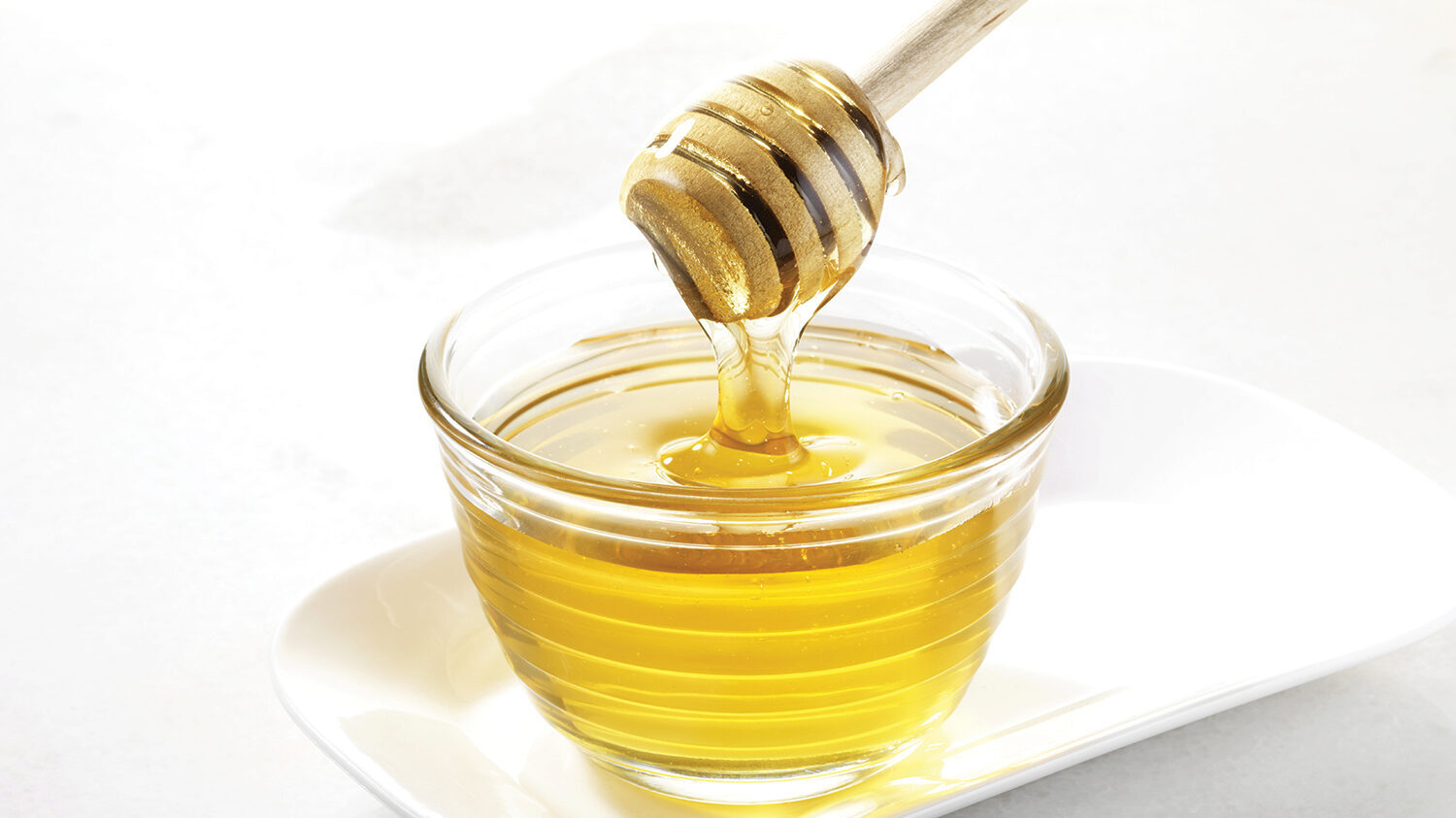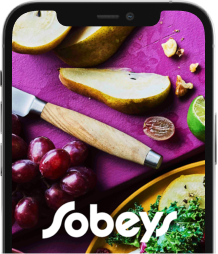There are many easy and tasty ways to replace refined sugar in your meals—and you’ll barely notice the difference! Here are some of our best solutions.
Learn to recognize refined sugar
Refined sugar is a broad term that refers to processed sugars like table sugar, both white and brown. Most sugar sold in Canada starts out as imported raw cane sugar that is then processed into pure sucrose. If you’re keeping an eye out for refined sugar in your food, here are some other terms to watch for:
- high-fructose corn syrup, which is made from corn
- fructose, a sugar molecule naturally found in fruits and vegetables that can be manufactured from sugar cane, sugar beets or corn
- barley malt, made from barley grains
- dextrose and maltodextrin, both made from cornstarch
- rice syrup, made from whole grain rice
Swap in sugar alternatives
There are several cooking ingredients that taste just as sweet as refined sugar. Here are some of our favourites.
1 Maple syrup
Use Canada’s favourite sweetener anywhere you would use brown sugar: on oatmeal, over plain yogourt or in sauces and marinades. Because maple syrup is quite runny, a little goes a long way.
2 Honey
Use honey in place of white sugar in coffee and tea. Try it in salad dressings and as a sugar substitute in toppings for fruit crisp—it won’t bake up quite as crispy, but it’s just as delicious. Honey is intensely sweet, so start by adding just a little and increase to your liking.
3 Agave syrup
This runny syrup from the agave plant has a neutral taste, so it can be used anywhere you want sweetness without another flavour in the mix. Try a little over grapefruit or in homemade tomato sauce.
4 Unsweetened applesauce
Any fruit purée can replace not only some of the sugar but also much of the fat (like butter or oil) in baked goods such as cakes, quick breads and muffins. In recipes, try subbing up to half the fat for unsweetened applesauce and add in a smaller quantity of sugar to taste.
5 Dates
Blend a couple of pitted Medjool dates into your favourite dip or smoothie instead of adding sugar. Sticky, caramel-like dates can also help hold together ingredients, like they do in our No-Cook Fruit & Oat Bars. Try adding chopped dates to any sauces that accompany meat for a little sweetness and texture.
6 Bananas
Bananas bring sweetness and creaminess to a recipe. Blend up a few frozen ones in your food processor, and you’ve got a kid-friendly one-ingredient “ice cream.” As with applesauce, bananas can also replace both sugar and fat in baked goods.
7 Stevia
The only zero-calorie alternative on our list, stevia is derived from the leaves of the stevia plant—a cousin of the chrysanthemum—and comes in both powdered and liquid form. Because it’s very concentrated, just a drop or two will do in a smoothie or a cup of coffee. To use it in place of white sugar in baking, swap 1 cup (250 mL) sugar with either:
- 1 tsp (5 mL) liquid stevia;
- 1/2 tsp (2 mL) stevia extract powder;
- 1 tbsp (15 mL) concentrated stevia liquid;
- or 18 to 24 individual-serving stevia packets, always adjusting for taste.
Since you’ll use much less stevia than sugar, bulk up your batter with 1/3 cup (75 mL) applesauce, egg white, fruit purée or yogourt.
Substitution note
Because sugar is a dry ingredient in baking and cooking, replacing it completely with a heavy liquid (like honey) can produce very different results. Start by trying recipes that are meant to be sweetened with sugar alternatives to get a feel for how they work. Then you can play with your favourite recipes, replacing a portion of sugar with a sugar alternative and tasting as you go. However, in baked goods that require a “creaming” step, such as sugar cookies, liquids won’t work, because this step relies on the unique chemistry of sugar crystals.
How to reduce sugar in baking
Use one-quarter less: In general, the amount of white or brown sugar in a recipe can be reduced by one-quarter without a noticeable change in texture or sweetness. Cut back any more than that, and the result can vary.
Tip: If reducing the sugar makes your cake, muffin or cupcake batter too wet, try replacing 1/4 cup (60 mL) sugar with 1/4 cup (60 mL) powdered milk in those baked goods.
Dust your cakes: Instead of covering a cake with traditional icing made with several cups of powdered sugar, dust the cake with 1 to 2 tbsp (15 to 30 mL) powdered sugar or cocoa powder. Make sure the cake is entirely cooled first or the sugar will dissolve.
Jam it up: Glaze cookies with a jam that has no added sugar. Thin the jam to a glaze consistency with a little water and spread onto cooled cookies.
How to reduce sugar in cooking
Taste-test first: Instead of adding all the sugar called for in a recipe, add just a bit and taste for sweetness. Here are some examples.
- When making salad dressing, add in sugar or a sugar alternative a little at a time until it tastes sweet enough.
- Sauces, especially sweet-and-sour ones can often be stirred up with half the sugar. Try it out with our Sweet & Sour Chicken Drumsticks with Broccoli.
Hit the spice rack: Whether your craving is for sweet, savoury or fiery hot, punching up the herbs and spices in your recipes can reduce the amount of sugar you need in the dish. Cinnamon, ground ginger and nutmeg are especially good for adding a huge boost of flavour to food. Try a sprinkle of cinnamon in our Classic Cocoa with Marshmallows and reduce the suggested sugar by half.
Reach for the extracts: Vanilla, almond and lemon extract can trick your taste buds by adding sweet flavour without any actual sugar. Try doubling the extract called for in our Mixed Berries with Almond Sabayon and then reducing the amount of maple syrup.










